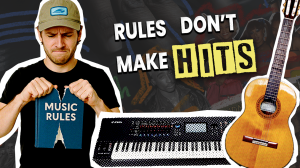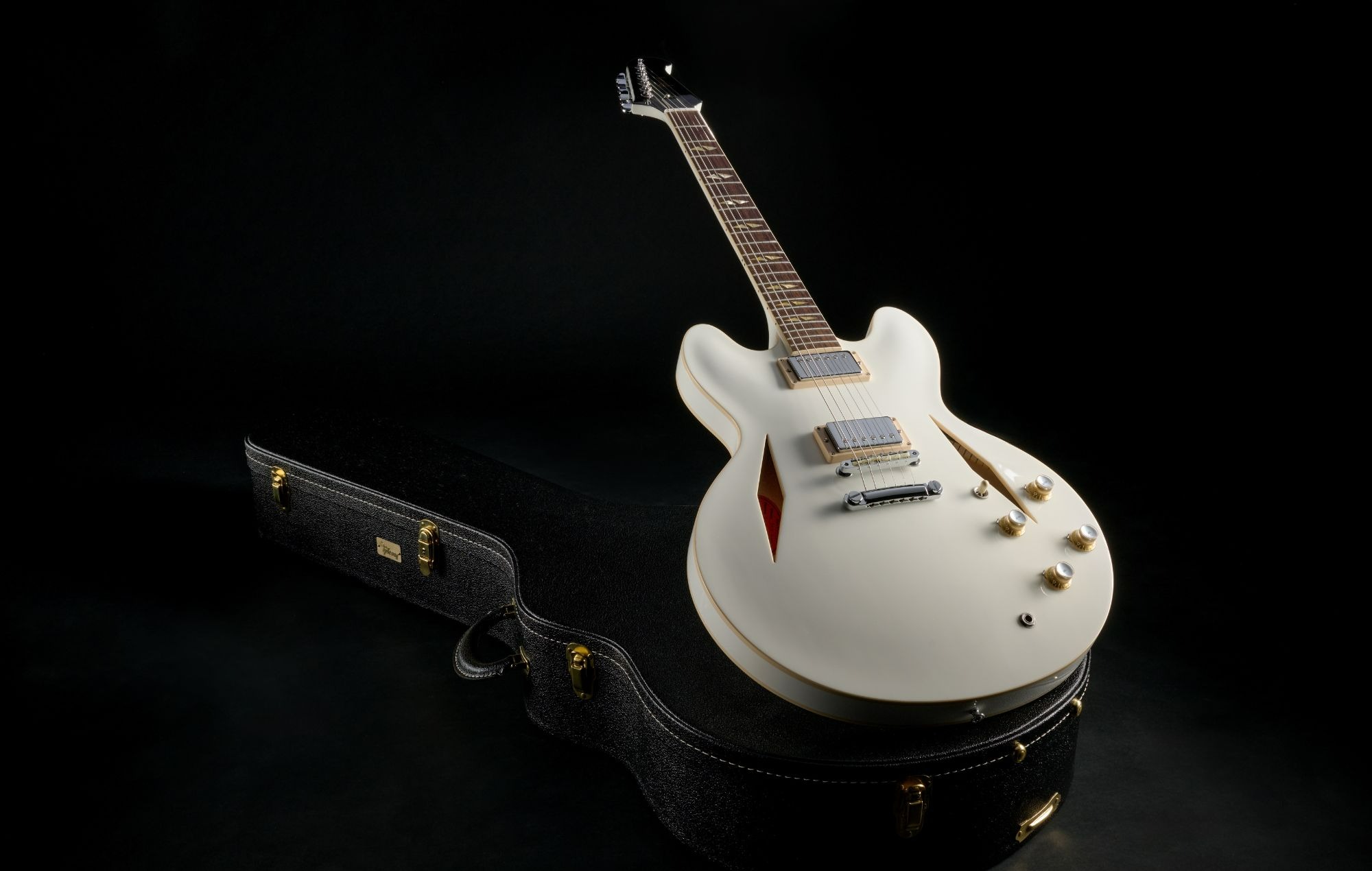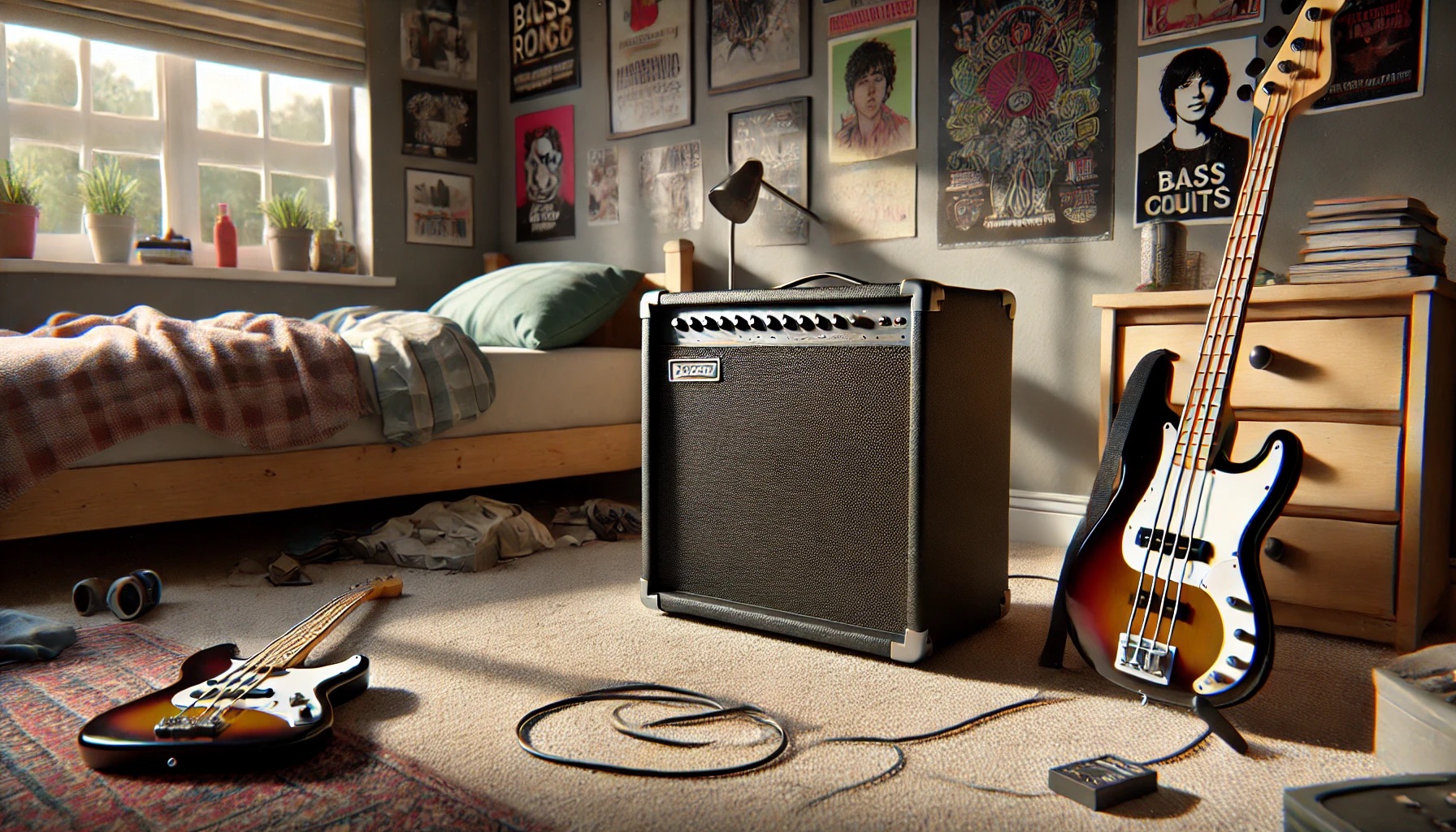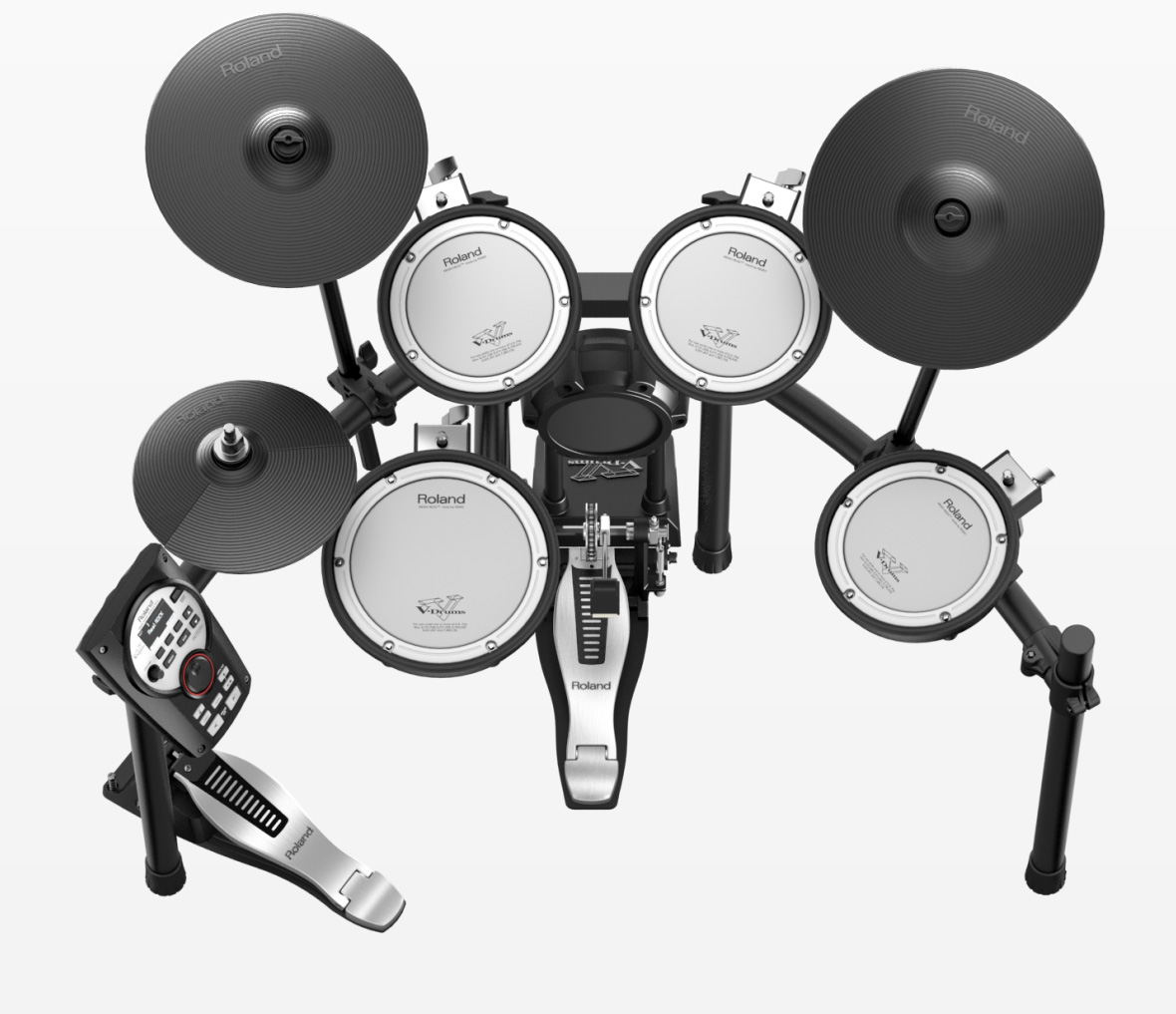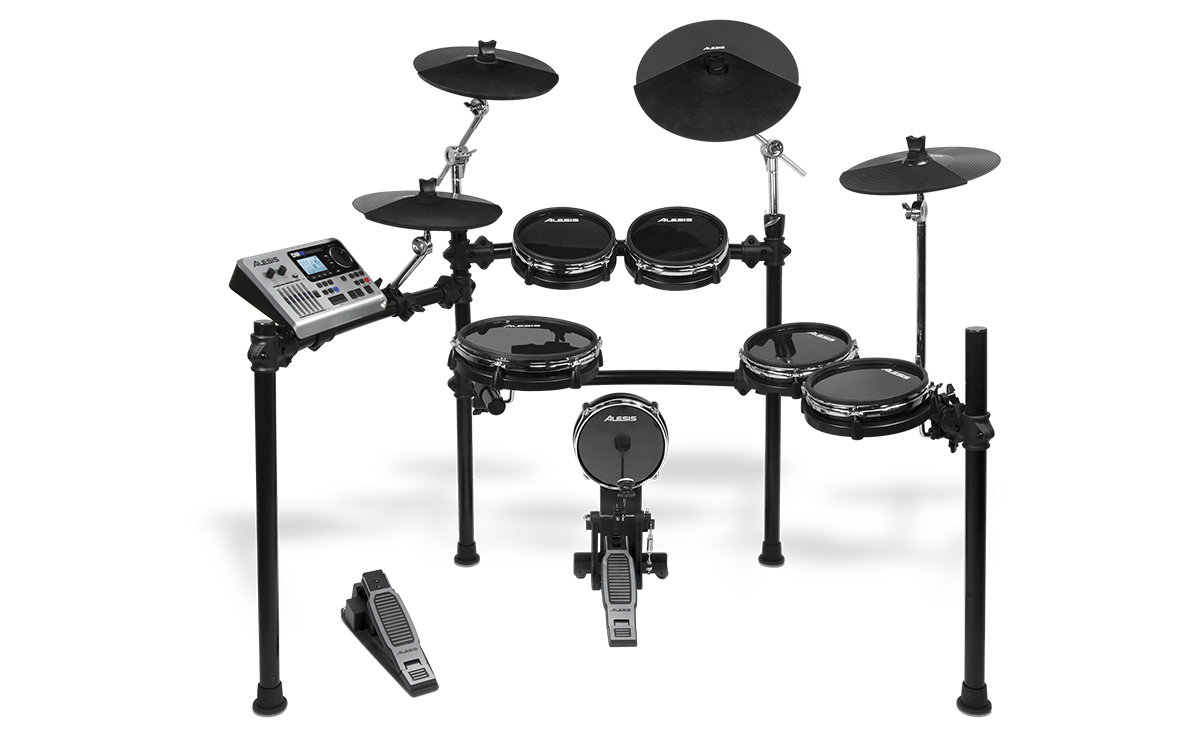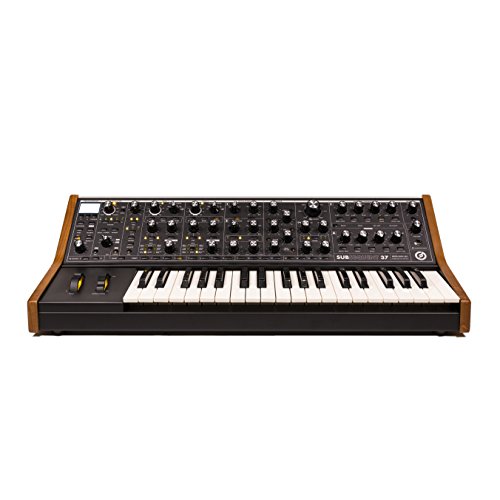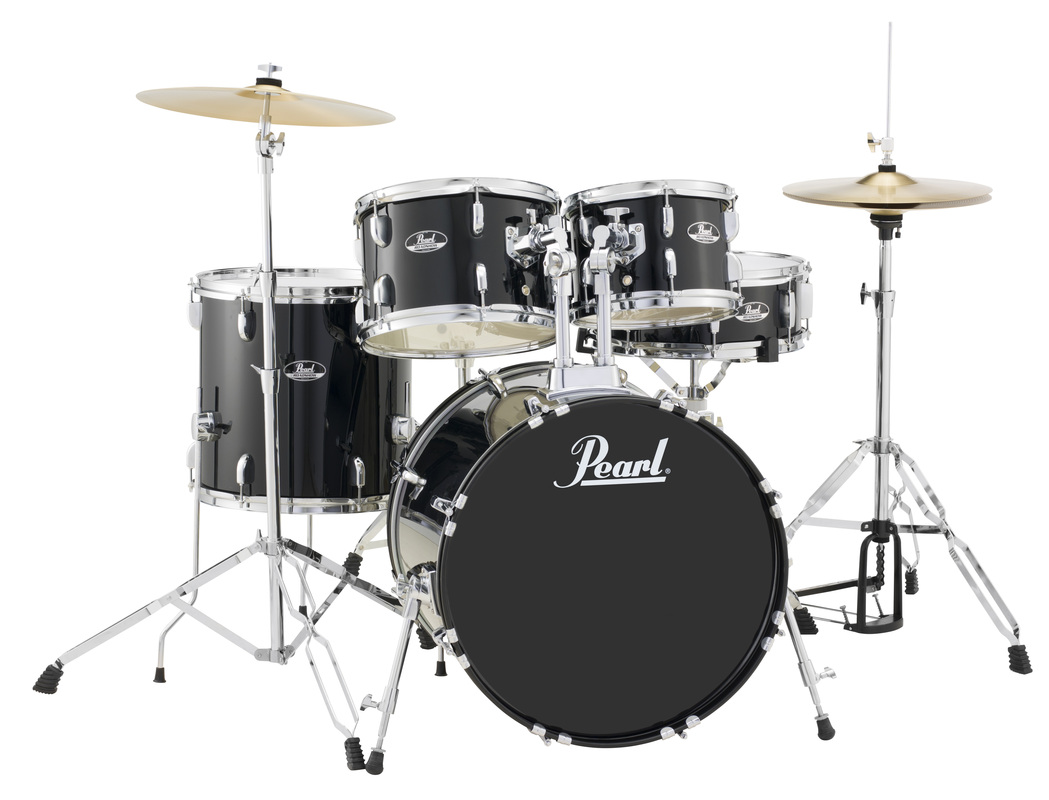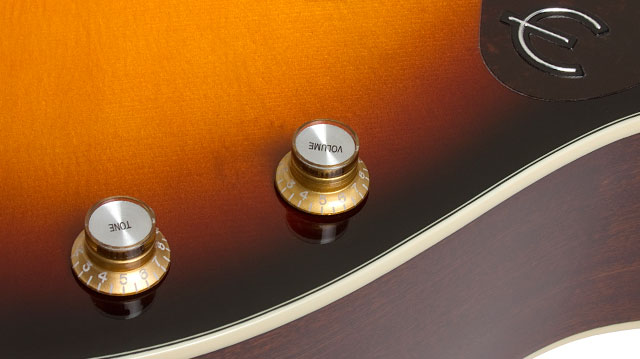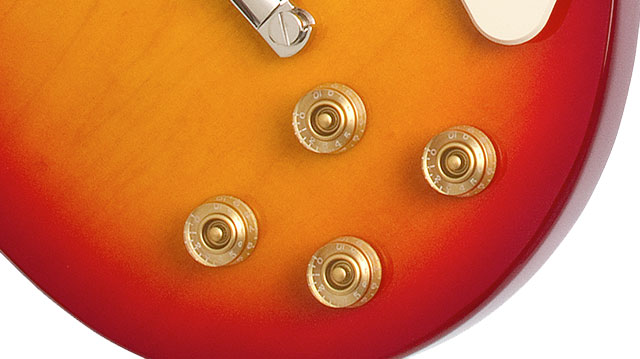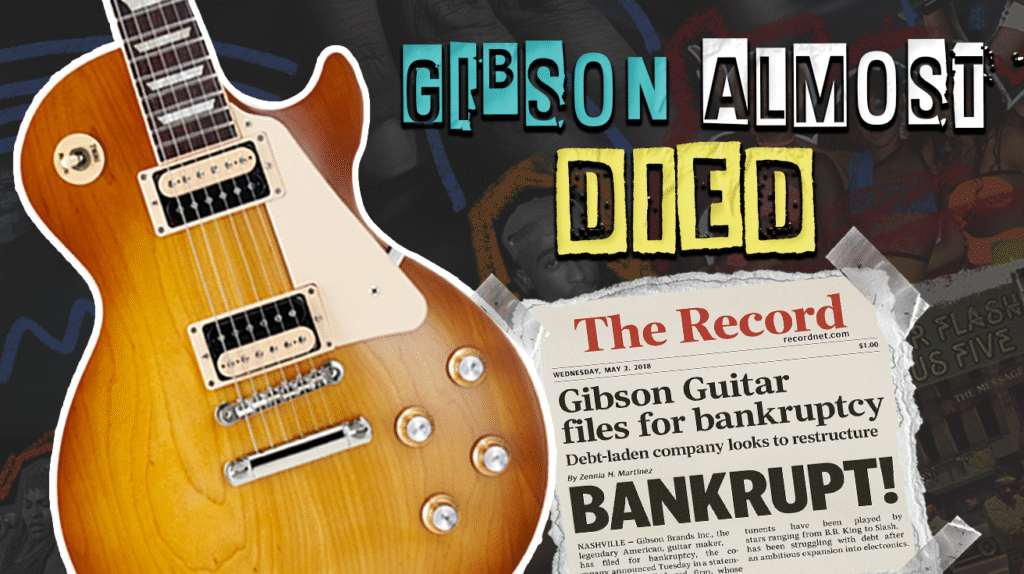
Remember when vinyl was dead and streaming killed the music industry? Those predictions aged like milk left in a tour bus. The music world’s most dramatic resurrections prove that authenticity beats algorithms every time. You’re watching brands that were written off as relics now dominate playlists and gear collections. This isn’t just nostalgia marketing—it’s strategic sonic resurrection. These seven companies cracked the code on relevance, proving that yesterday’s sound can become tomorrow’s goldmine when the passion stays real.
7. Technics’ Turntable Triumph
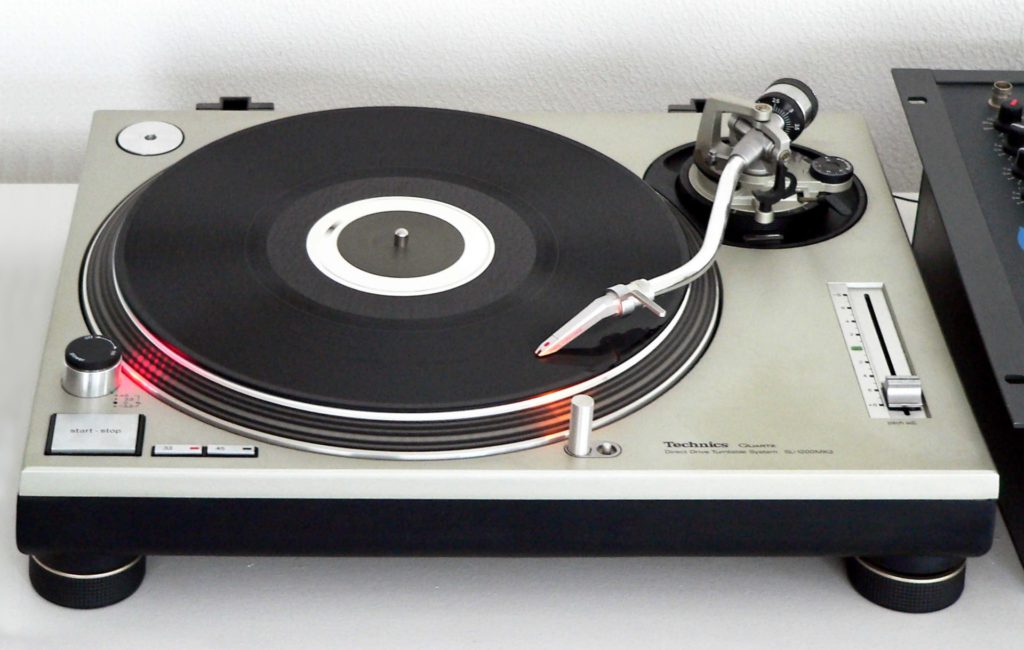
Marshall nearly became a museum piece when bedroom producers replaced garage bands. Then they remembered what made them legendary: that unmistakable crunch that launched a thousand rock careers. Their comeback strategy wasn’t about chasing trends—it was about reminding everyone why their sound defined entire genres.
The British amp maker doubled down on their heritage while embracing modern needs. Their Acton wireless speakers bring that signature Marshall growl to apartment dwellers who can’t crank a full stack. Smart move: same DNA, different delivery system. Now bedroom producers and stadium rockers both reach for Marshall gear.
6. Moog’s Synthesizer Renaissance

Bob Moog’s analog synthesizers went from essential to extinct faster than you could say “digital revolution.” Then something magical happened: musicians got tired of perfect, sterile sounds and craved the warmth only analog circuits could deliver. Moog’s resurrection reads like a masterclass in staying true while staying relevant.
The company’s genius move was making their legendary sound accessible. The Mother-32 brought Moog magic to musicians who couldn’t afford a $5,000 Voyager. Same fat bass, same expressive filters, fraction of the price. When Daft Punk and Tame Impala started showcasing analog warmth, suddenly everyone wanted that Moog sound again.
5. Gibson’s Guitar Redemption
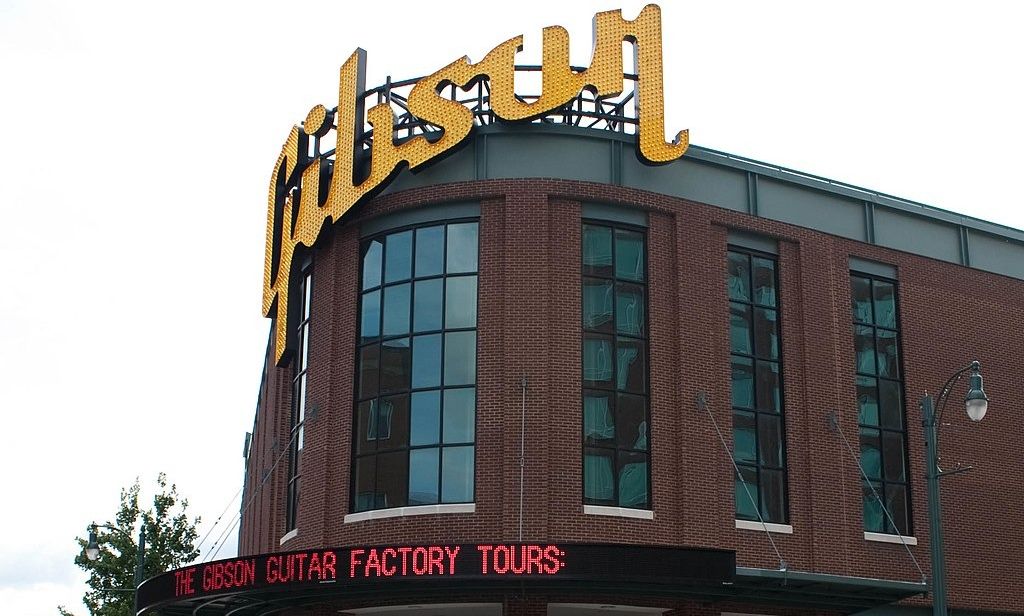
Gibson almost killed itself with corporate greed and quality shortcuts. Their 2018 bankruptcy felt inevitable—legendary guitars shouldn’t need firmware updates or auto-tuning gimmicks. New leadership brought radical simplicity: focus on what made Gibson guitars legendary in the first place.
The turnaround strategy was refreshingly honest. Gibson stripped away the unnecessary tech, improved their quality control, and reminded everyone why Jimmy Page chose a Les Paul. Their Artist Collection collaborations with contemporary guitarists prove the brand still has cultural juice. Sometimes the best innovation is remembering what worked.
4. Fender’s Vintage Reissue Strategy
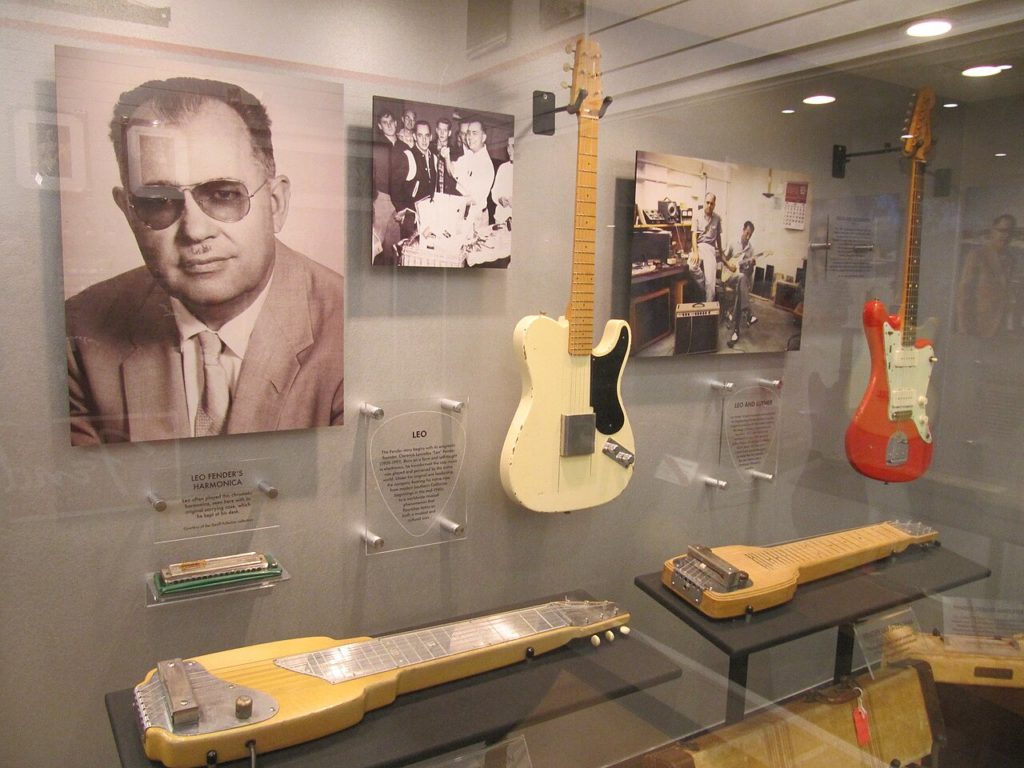
While Gibson stumbled, Fender mastered the vintage reissue game. Their American Vintage series proves that some designs are perfect—they just need better execution. Fender studied their golden era instruments like archaeologists, recreating everything from pickup magnets to neck profiles.
The Player Series democratized Fender quality for working musicians. Same classic tones, modern reliability, price that won’t require selling your car. Their Artist Signature models showcase how classic designs inspire new generations. When St. Vincent and H.E.R. put their names on Fender guitars, it signals that heritage brands still matter to forward-thinking artists.
3. Technics’ Turntable Triumph
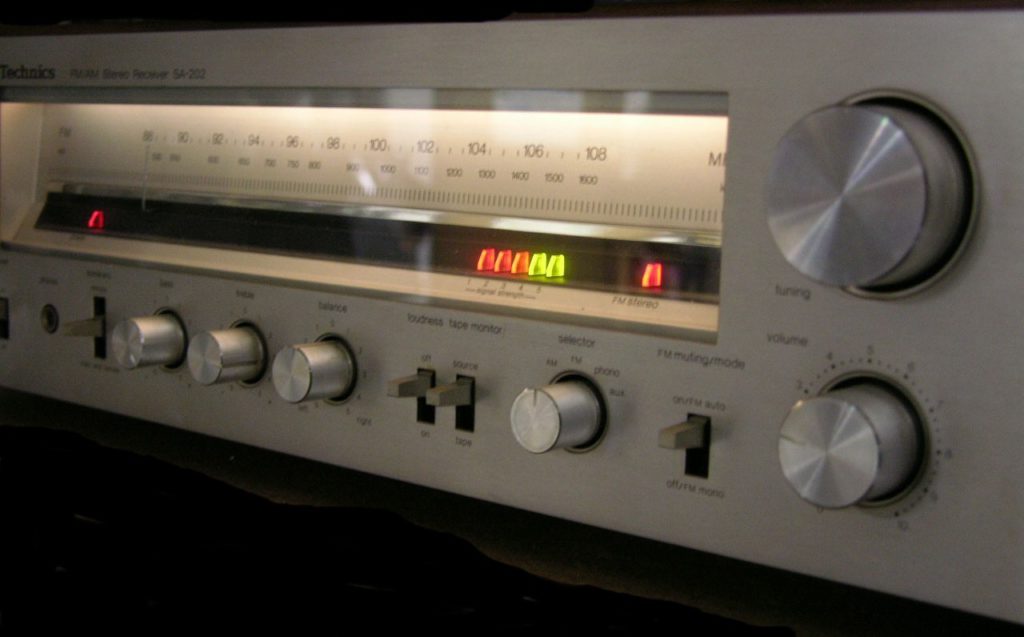
Technics killed their legendary SL-1200 turntables in 2010, assuming digital had won. Big mistake. DJs and vinyl collectors treated the discontinuation like a death in the family. When Technics relaunched the 1200s in 2016, the response was immediate: finally, someone understood that digital convenience doesn’t replace analog soul.
The new 1200s improved on perfection without ruining it. Better motors, refined tonearms, same bulletproof build quality that survived decades of club abuse. Technics proved that some products are so fundamentally right, the best innovation is incremental refinement. When your turntable design launched hip-hop culture, don’t fix what isn’t broken.
2. Audio-Technica’s Headphone Renaissance
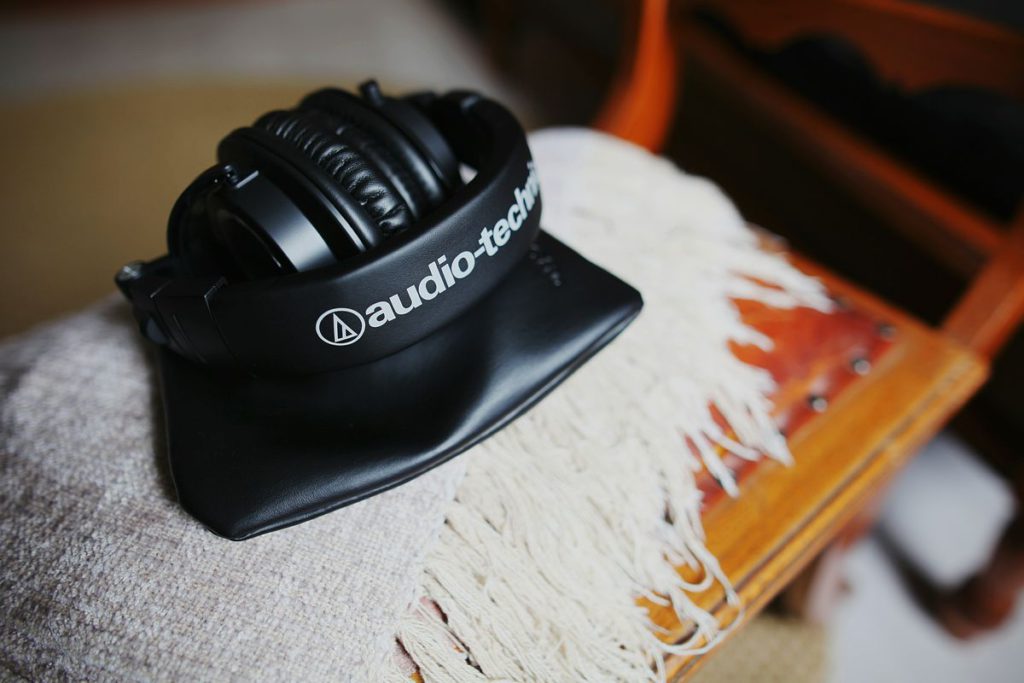
Audio-Technica spent decades making professional gear that regular people never heard about. Then the ATH-M50x happened—studio-quality headphones that regular humans could actually afford. Suddenly everyone from bedroom producers to coffee shop laptop warriors was wearing those distinctive blue-and-black cans.
The M50x success came from honest engineering. Audio-Technica didn’t chase bass-heavy trends or add unnecessary features. They built headphones that revealed music honestly, whether you’re mixing tracks or just enjoying them. When your $150 headphones outperform $300 competitors, word spreads fast. Authenticity always finds its audience.
1. Yamaha’s Diversified Dominance
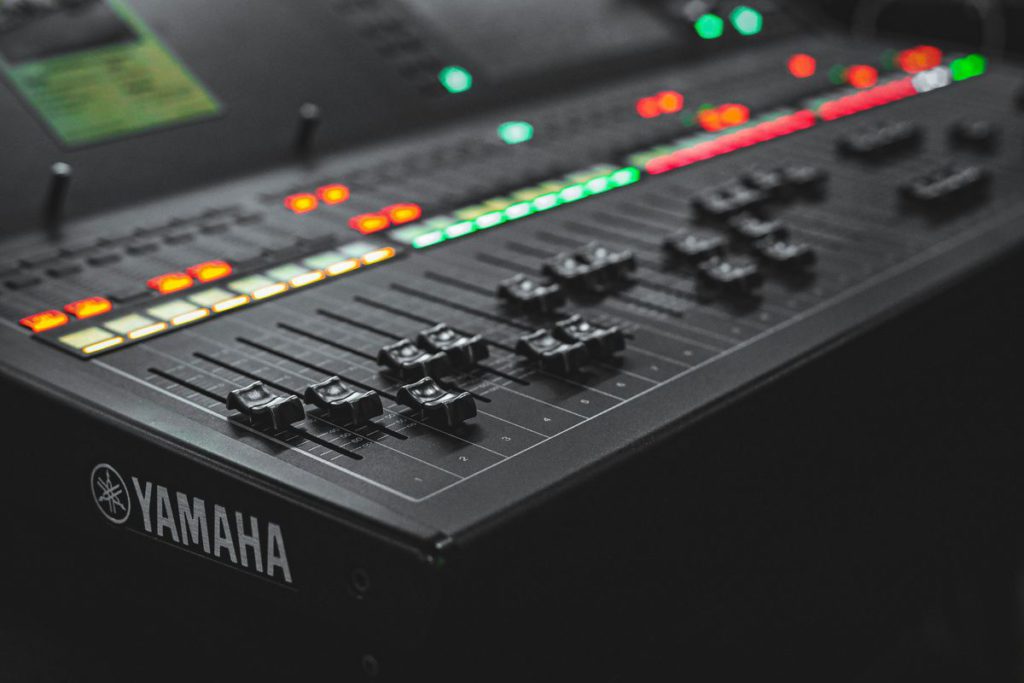
Yamaha’s comeback story is unique: they never really left, they just got better at everything. From motorcycles to pianos, mixing consoles to saxophones, Yamaha understood that quality engineering translates across industries. Their approach proves that expertise in one area can inform excellence in another.
The company’s digital piano revolution brought concert hall sound to living rooms. Their DX7 synthesizer defined the ’80s, then they reinvented it for modern producers. Yamaha’s secret weapon is consistency—whether you’re buying a guitar, a motorcycle, or a mixing board, you know the build quality will be exceptional. That’s brand trust money can’t buy.




